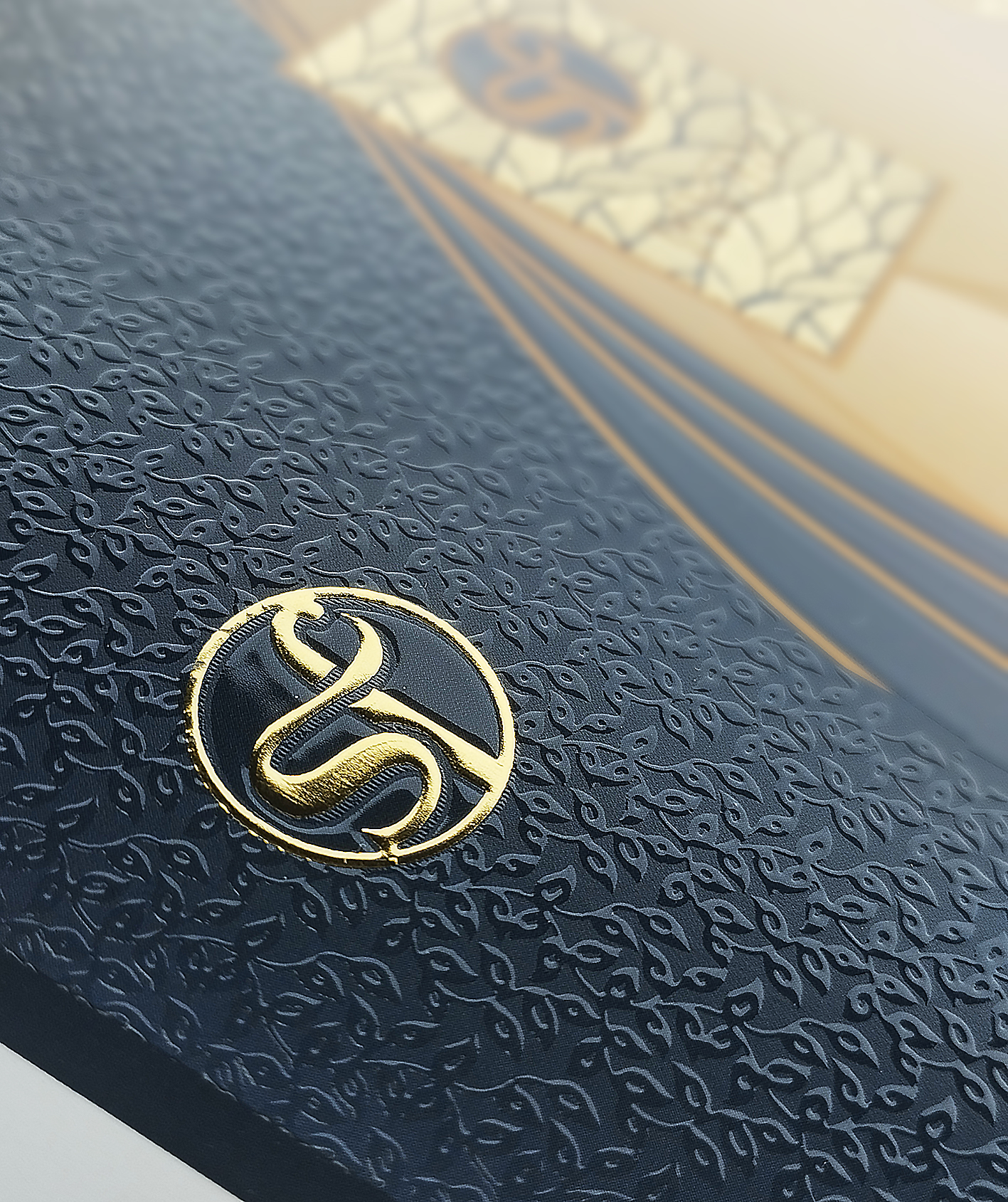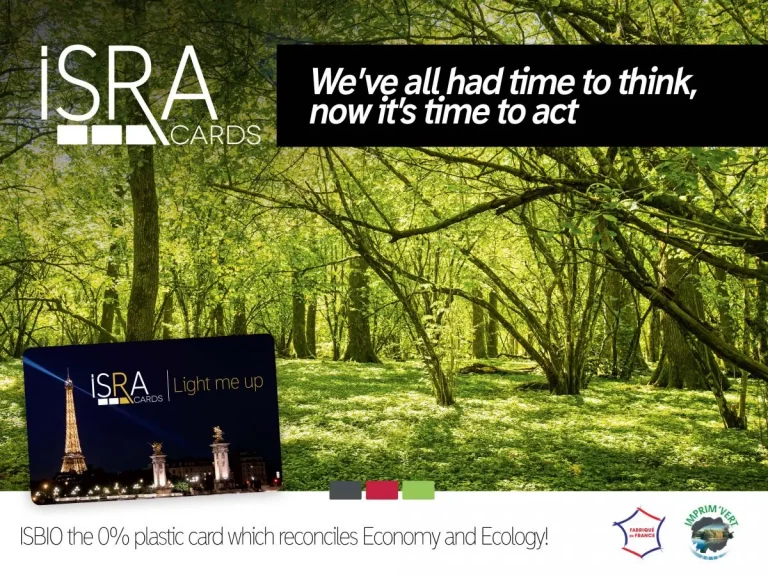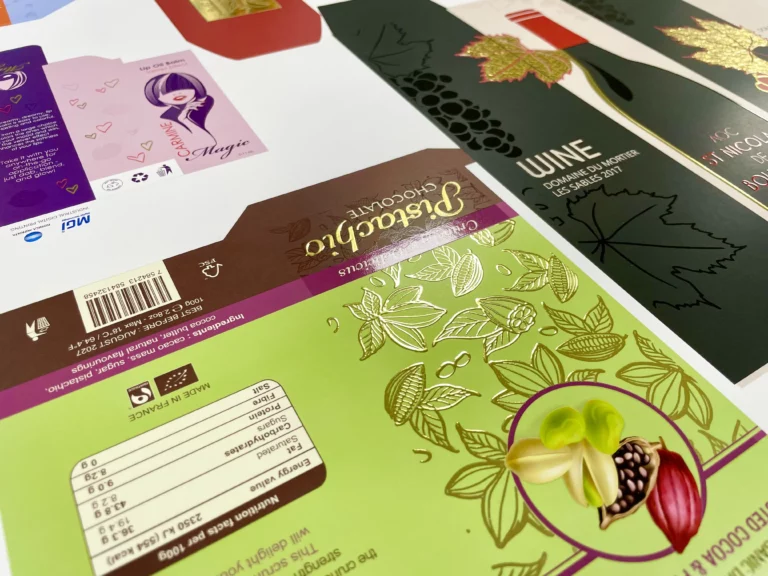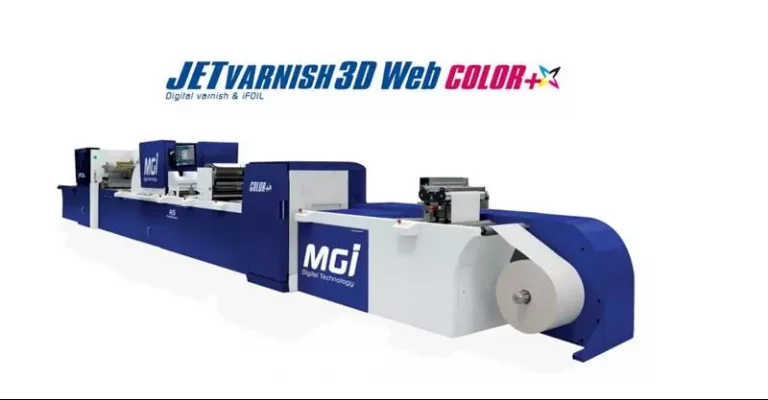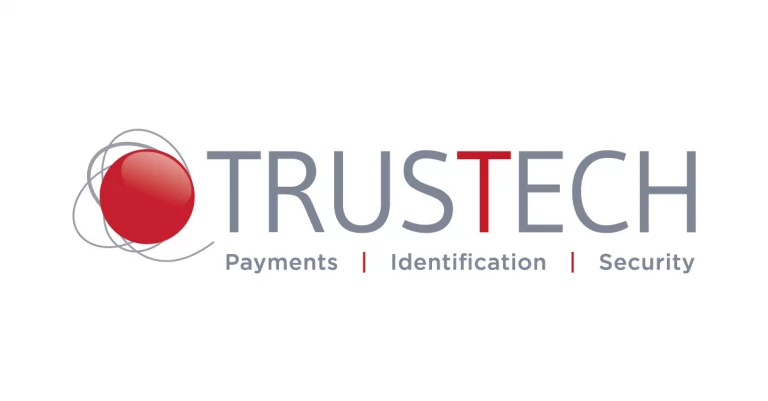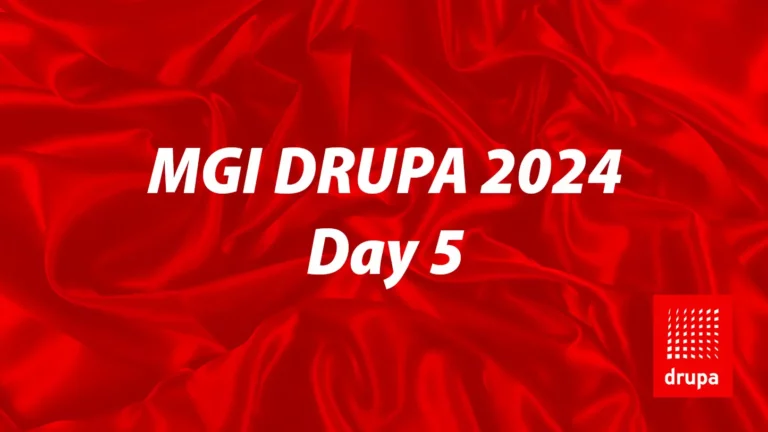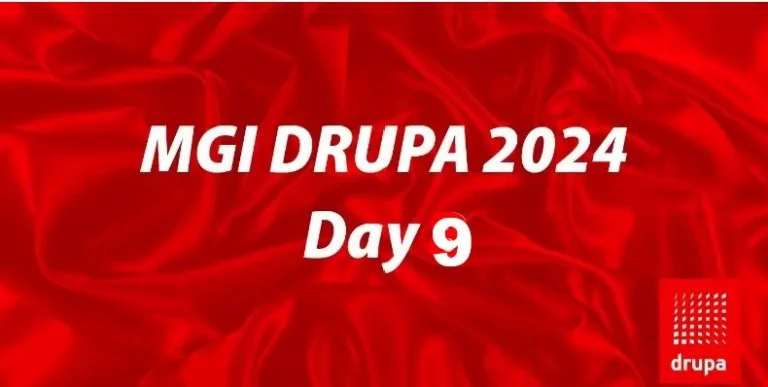Digital finishing: a new dimension in commercial printing
Faced with the proliferation of digital content, print is exploring new avenues. Driven by digital finishing technologies, print is regaining its singularity, relying on tactile and visual effects to capture attention and reinforce the impact of its media.
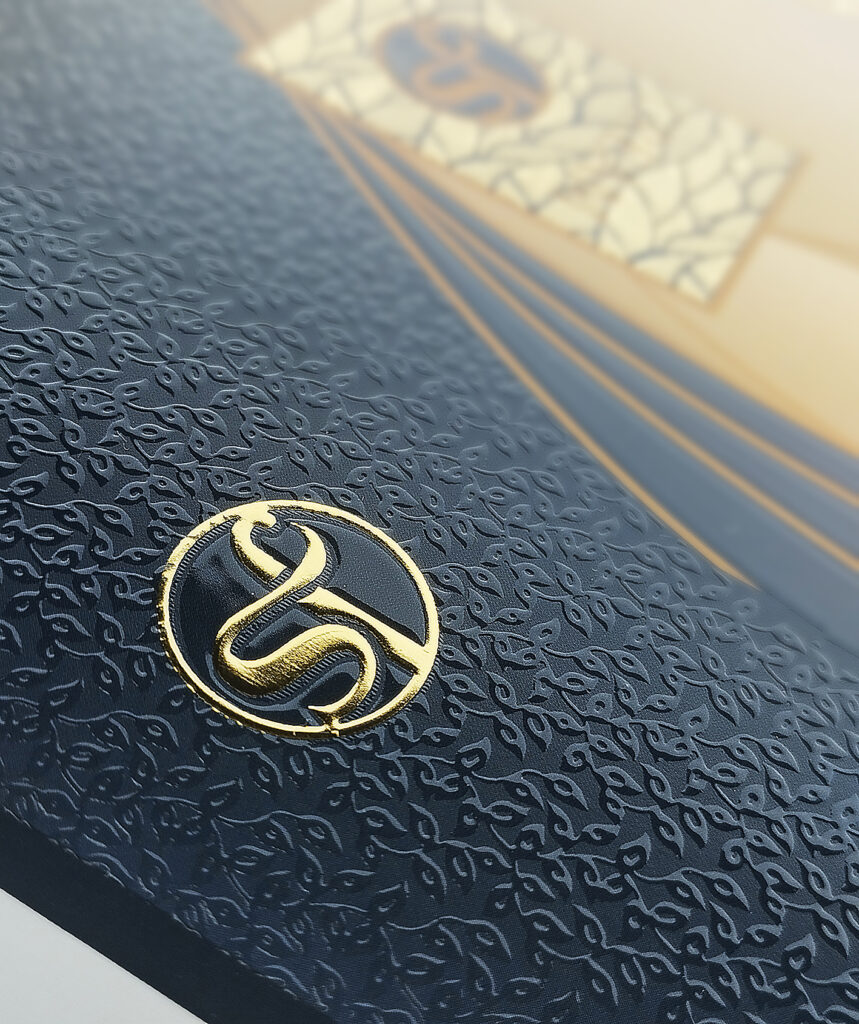
At a time when screens dominate usage, printed media are back in the spotlight, no longer just to inform, but to leave their mark. This evolution is based on a transformation of finishing processes, made possible by digital finishing technologies, invented by MGI Digital Technoloy under the name JETvarnish.
In fact, selective varnish, digital gilding and embossed textures give printed documents a sensory dimension that goes beyond their purely utilitarian function.
In an environment of constant visual stimulation, differentiation is becoming a major challenge for brands. The addition of tactile or metallic effects transforms the relationship with the medium, creating a stronger bond with the reader. Embellishment then becomes a marketing tool in its own right, capable of improving the memorability of a message or reinforcing the perception of quality of a product or service.
Global market growth confirms this dynamic: digital embellishment solutions are growing by an estimated 6 and 8 % per yearto reach 45 billion by 2028. This trend reflects companies' growing interest in premium finishes, once reserved for large production runs, now accessible even for limited editions.
Digital finishing presses such as the MGI JETvarnish make this flexibility possible.
They eliminate the manufacturing constraints associated with traditional techniques, such as clichés and makeready times, while maintaining high precision of execution. For printers, this equipment represents a lever for agility, personalization and upgrading, in a context where every detail counts to stand out from the crowd.

